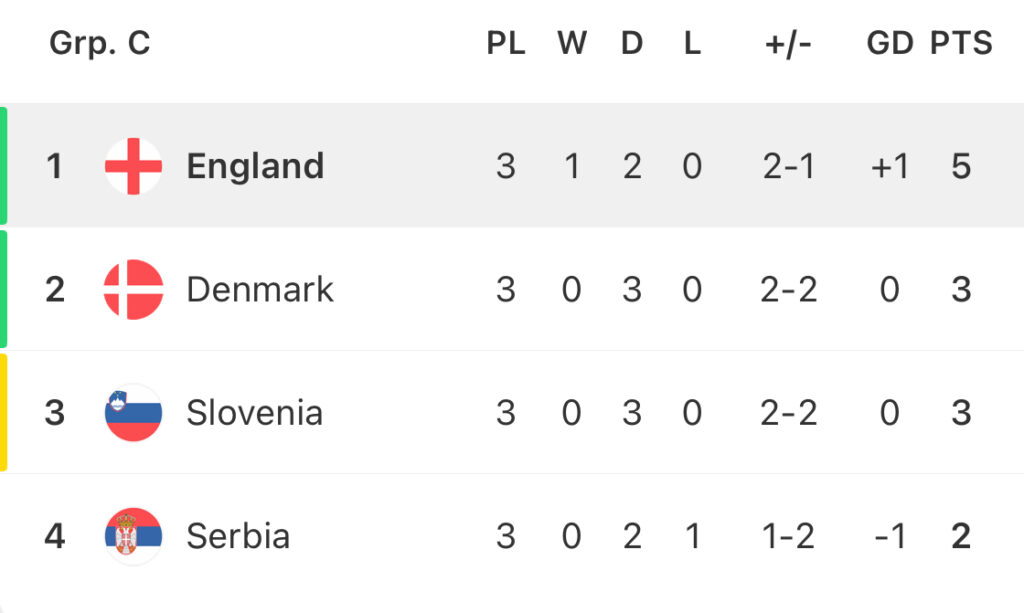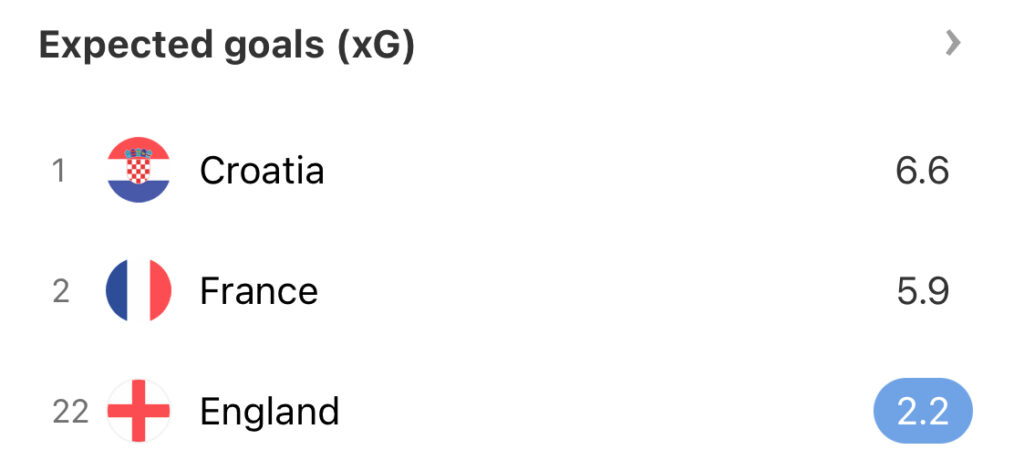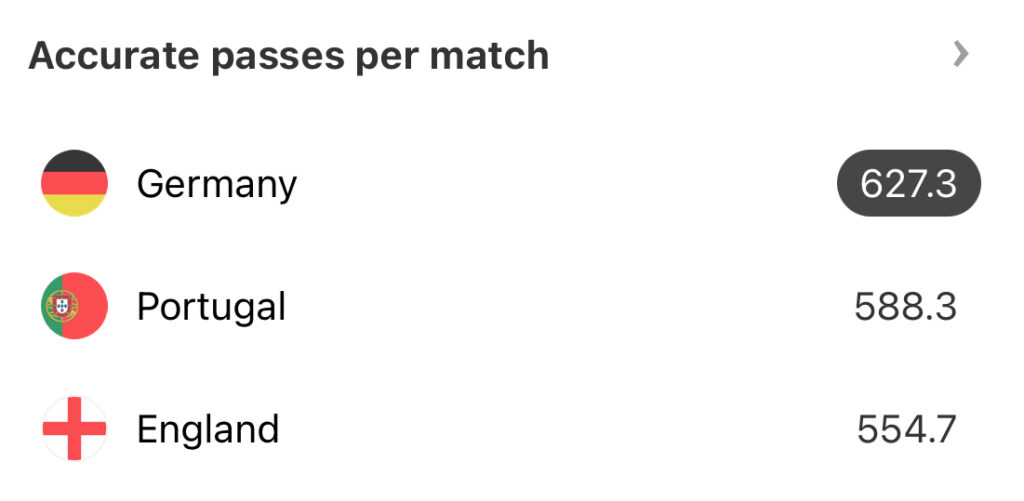Is England’s attack as bad as the critics make out OR even worse?
The group stage is over and done with, the knockouts remain ahead. England are into the last 16, safely if not securely, and topped their group – but enormous question marks remain.
One of the most pressing after their opening three matches has been over the attack, with one win and two draws seeing them first in the most drab and disappointing of groups; the Three Lions’ 1-0 win over Serbia was in fact the only game in Group C which did not end in a draw. But has the attack been as bad as it has been made out? Or worse, perhaps? And most importantly, how does that compare with the teams they’ll now face in the round of 16 and beyond?

It’s important to note that while England obviously haven’t been good, in a general sense, the same can be applied to plenty of others. France have been well below their best level. Italy have been somewhere between disappointing and fortunate to go through. Netherlands and Denmark have a single victory between them, yet both have reached the last 16.
So while Gareth Southgate’s team haven’t been near their peak, it’s possible they don’t need to be – they just need to be better than those they face. With the sole three truly impressive big nations, with apologies to Austria – Spain, Portugal and Germany – on the other side of the draw, time might be on their side in that regard. Or perhaps not.
Onto the numbers, then. England rank third in the tournament at the time of writing for average possession, yet only scored twice, so clearly didn’t do enough with it. Expected goals gives us more insight as to whether that’s unfortunate or deserved, and there the Three Lions rank 22nd out of a possible 24 nations competing at the tournament.

They averaged 3.7 shots on target per game, which itself is…average, very middle-of-the-road compared across all nations, with a lowly 6.9% conversion rate reaffirming that alarmingly low xG tally, pointing to very low-quality chances.
And actually adding to that poor outlook is the fact 13 teams created more big chances than England in the group stage. What that effectively means is that they created great openings, or barely anything at all: think back to Harry Kane and Jude Bellingham scoring from close range, but very few players having other half-decent shooting opportunities inside the box after some build-up play.
England rank third for accurate passes per game. They rank top for accurate long balls. But it gets them nowhere helpful: 16th for touches in the opposition box, 16th for possession won in the final third, 21st for corners.
For full context, this warrants comparison with the other nations who dominated the ball.

Germany and Portugal are the top two for possession and passes, and while they created similar big chances as England, they both outscored them, both had xGs considerably higher – more than double England’s – and as for touches in the box, are off the charts. England managed 53 against teams who barely attacked them; in other words, they couldn’t find a way through, didn’t move the ball quickly enough. Germany had 106, again double the tally.
So let’s look down a notch, not the best-looking sides.
France, Netherlands, Italy? 112, 77 and 72 touches respectively. Corners earned were 19, 14 and 18, to England’s nine. All three fashioned more big chances, all three had better cumulative xG tallies across their three group games. On that latter point, the big takeaway is that France – despite being generally poor in approach play – created a lot of great opportunities, but were incredibly wasteful. Italy just about overperformed in attack enough to sneak through, while Netherlands roughly followed their own average throughout: good enough to go through, but needs to be better to go further.
But so do England, and quite considerably. The underlying numbers paint a bleak picture of anything other than “have the talent to produce so much more”, which isn’t something we needed numbers to tell us in the first place, but they do confirm that despite stodgy approach play, there isn’t even the comfort of – like France – knowing they are missing out on some half-decent work from time to time.
Consider that the top two individual attackers at the tournament by xG are Georgia’s Georges Mikautadze (2.3 – helped by two penalties) and Kylian Mbappé (2.1)); Harry Kane has 1.1 as England’s top offering outside the top ten, while nobody else is in the top one hundred. Nobody else has more than 0.2 xG across three games. Of the four players to create a big chance, one is out of position (Trippier), one has been dropped (Alexander-Arnold) and one is a sub (Bowen). Only Jude Bellingham remains and his xG+xA/90 highlights how marginalised he has been, at just 0.20.
England have enormous problems in the final third and it’s not just as bad as is being made out, it’s worse.
(Cover image from IMAGO)
You can follow every game from Euro 2024 live with FotMob — featuring deep stats coverage, xG, and player ratings. Download the free app here.